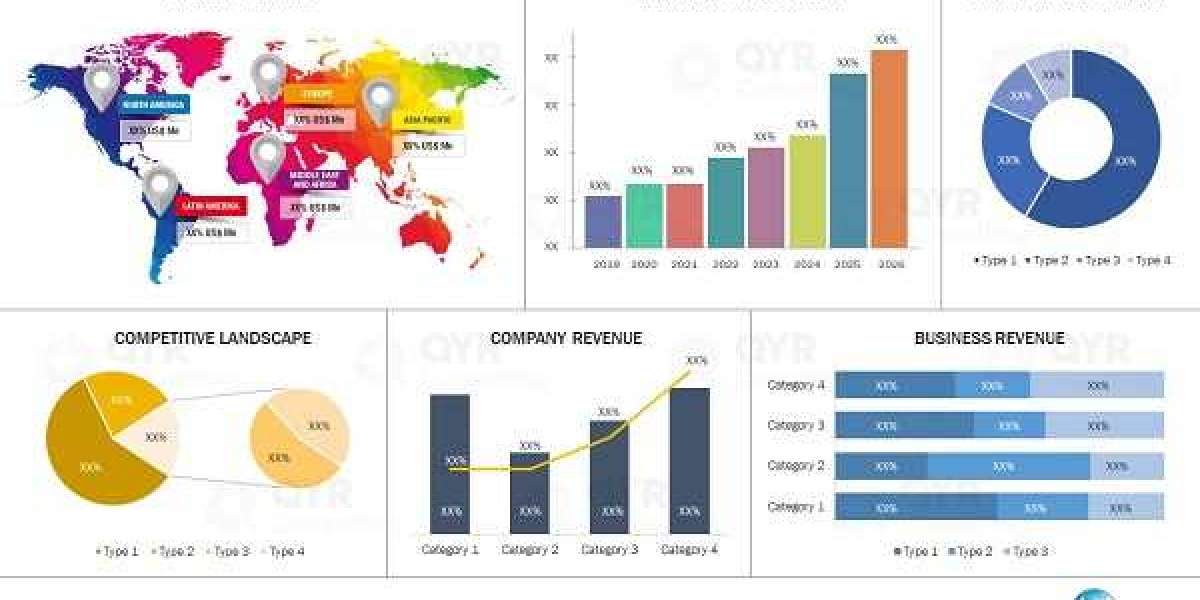The traditional Indian production techniques of bone inlay distinguish nightstands as works of art beyond ordinary furniture objects. Luxury Handicraft creates these nightstands by fitting hand-carved, ethically harvested bone into wooden structures after filling the remaining area with colorful resin.
Luxury Handicraft offers carefully designed bone inlay bedside tables in various color and pattern choices, including bold floral and soft scallop designs, so you can select your aesthetic.
Styling with Bedside Table Flowers and Scallops
People who value elegance should select bedside table flowers because they transform the appearance of their nightstands. Fresh and dried flower arrangements placed in simple vases bring warmth and personal charm to a room.
Looking for a statement design? The wave-shaped repetitive carvings on our bedside table surface create a refined yet sophisticated appearance through their graceful curved patterns. Such pieces of furniture appeal most to boho-chic or vintage-inspired interior enthusiasts.
Glamour Meets Function: Silver and Mirrored Finishes
You should certainly consider adding sparkle to your bedroom furniture arrangement. Our bedside table silver selections will find perfection in modern and contemporary living spaces. Mirrored surfaces on our bedside tables both deepen and enlarge small spaces while maintaining their elegant look.
The adaptable designs of these products serve functional purposes beyond visual appeal. You can organize your nighttime basics using drawers and shelves, which makes storage look fashionable.
Simple and Sleek: Bedside Tables with 1 Drawer
Our bedside tables with one drawer design supply precise storage options suitable for minimalist spaces. These tables should be part of your home because their clean lines fit small spaces, while compact dimensions work well in apartments.
The bone-inlay epoxy bedside table collection combines heritage design with a contemporary glossy epoxy finish for a modern twist on tradition.
Why Choose Luxury Handicraft?
All Luxury Handicraft products showcase artistic commitment and moral supply practices. Skilled artisans under Luxury Handicraft preserve bone inlay craftsmanship through their creation of nightstands and tables that merge traditional elements with contemporary style.
The studio's designers produce handmade items that maintain distinctive elements and enduring construction while meeting the preferences for durable, elegant home furnishings.











